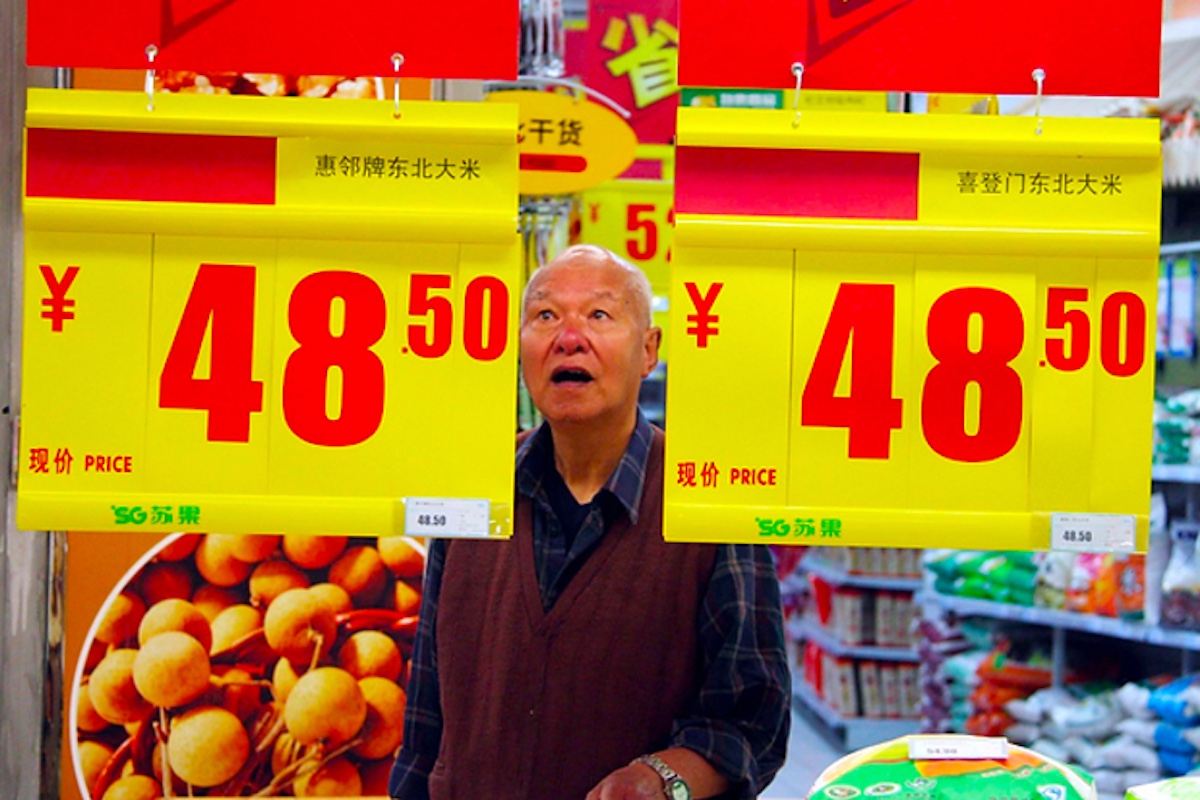Disinflation in China is not being driven by weak household appetite alone. The more decisive factor is a sustained mismatch between policy-driven industrial output and actual market absorption.
The country’s price weakness, where the Consumer Price Index (CPI) was in deflation territory from February to May and up a mere 0.1% in June, is the outcome of a long-running expansion of capacity across several sectors that were never disciplined by global demand signals.
For two decades, the model emphasized investment over consumption. Policymakers championed capacity-building in industries they viewed as nationally strategic. These included electric vehicles, solar components, steel, semiconductors, and shipping — all seen as future export engines.
What followed was a flood of credit, coordination between local authorities and state-linked firms, and price competition aimed more at dominance than efficiency.
Today, China’s economy is saturated with surplus. Manufacturers are under pressure to maintain volumes, even at the expense of margins. Incentives at the provincial level still reward production benchmarks.
Banks, facing limited profitable lending options, continue to support large state-linked corporates. These factors generate output levels that no longer match demand — domestically or globally.
This is no longer just a domestic phenomenon. Chinese firms are now offloading excess supply into global markets, forcing down prices across multiple categories.
For example, Europe’s auto sector, particularly its electric vehicle producers, has already flagged this trend as commercially unsustainable. American policymakers, too, have raised concerns over underpriced Chinese exports in solar technology and green infrastructure inputs.
Investor confidence in China remains under pressure. Deflation is not a cyclical hiccup. It’s the logical result of an economic model that continues to treat output growth as a policy goal in itself.
When domestic demand underdelivers, the default response is to lean harder into supply. As that supply grows, prices weaken further.
Markets have stopped giving China the benefit of the doubt. Previous slowdowns were treated as tactical pauses. This one appears to be different.
Price weakness now comes with questions about whether the country’s growth model can adapt to changed conditions. International investors, particularly long-term institutions, have scaled back exposure to China’s broad equity indices.
Capital allocation is now selective, with a preference for names that are either deeply export-competitive or exposed to high-end consumption trends.
The pricing effect is now visible in upstream materials, manufacturing inputs, and final consumer goods. The pass-through may seem marginal, but the cumulative effect is to put pressure on profitability far beyond China’s borders.
This is not a temporary fluctuation in trade flows. It’s a result of persistent policy preferences that reward volume regardless of return.
For global investors, this shift alters the map. Exposure to China no longer delivers predictable diversification or scale-based upside.
Instead, it perhaps presents a complex mix of risk: deflationary drag on pricing power, geopolitical friction in key sectors, and weakening margins among global firms that compete head-on with Chinese oversupply.
Passive capital is at particular risk in this environment; broad exposure is not a reliable strategy when entire segments are moving against price discipline.
Allocations need to be more forensic. Portfolios should distinguish between companies benefitting from China’s demand for upstream inputs — including energy and advanced capital goods — and those being undercut by its outbound overcapacity.
Multinationals relying on high-margin exports to China may face a softer environment, while firms exposed to its export aggression will encounter tighter spreads and squeezed pricing.
Global capital flows are already responding. There is less appetite for blanket Asia exposure. Investors are tilting toward India, ASEAN, and reshoring beneficiaries in North America and Europe.
Manufacturing investment is being pulled into jurisdictions that offer pricing transparency, enforceable competition rules, and protection from subsidy distortion.
Within China itself, attention is turning to segments that are better aligned with domestic services, premium consumer preferences, or tech sub-sectors that are not yet overbuilt. But this is no longer a momentum story; it appears to be a precision play.
Back in developed markets, the deflationary spillover has implications for policy. Central banks will face a more uneven global pricing environment.
Sectors competing with Chinese exports may see depressed margins and weaker inflation prints. Others, shielded by trade barriers or domestic scale, will remain under pressure from wage and input cost dynamics. For macro investors, that divergence offers opportunity, but only with close attention to exposure mapping.
The assumption that China remains a global engine of demand now looks increasingly flawed. It remains a large, fast-moving economy, but one whose internal dynamics are now as much a source of risk as reward.
What’s missing is a pivot away from the metrics that drove past performance. An economy of this scale cannot operate on the same assumptions that shaped its breakout phase. Market realities now require restraint, precision and pricing discipline. Without these, disinflation will continue to weigh on corporate earnings and asset valuations.
Consumption, while vital, cannot absorb the overhang created by a decade of supply-led ambition. Even aggressive fiscal support is unlikely to rebalance the equation while incentives remain fixed on production volumes.
The longer Beijing postpones meaningful correction, the more the investment case shifts elsewhere. Price trends are not the story; they are the evidence.

